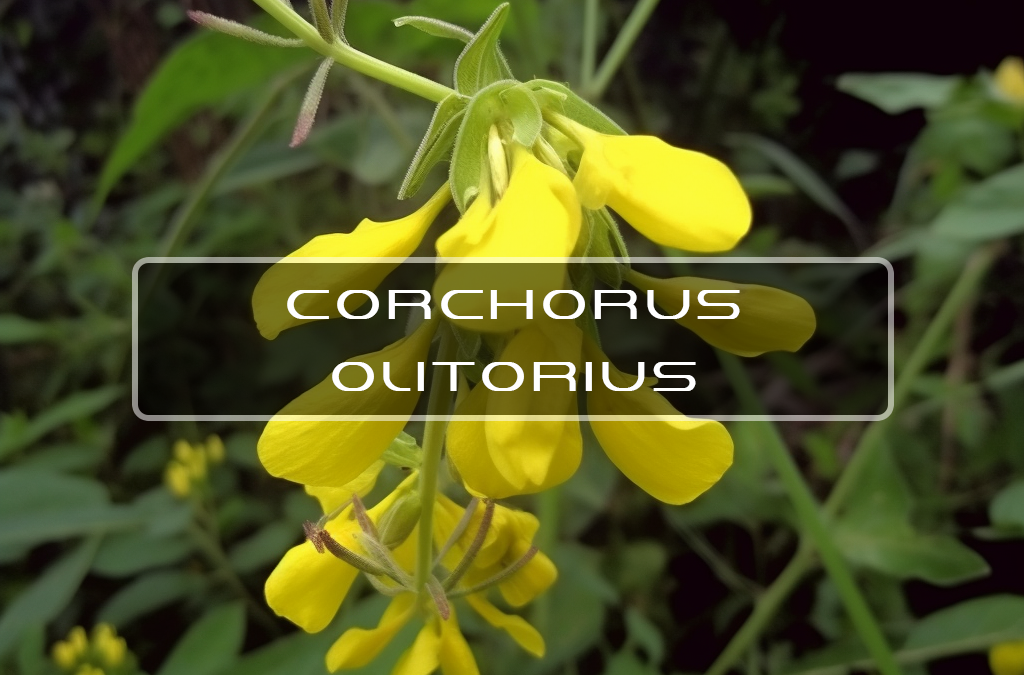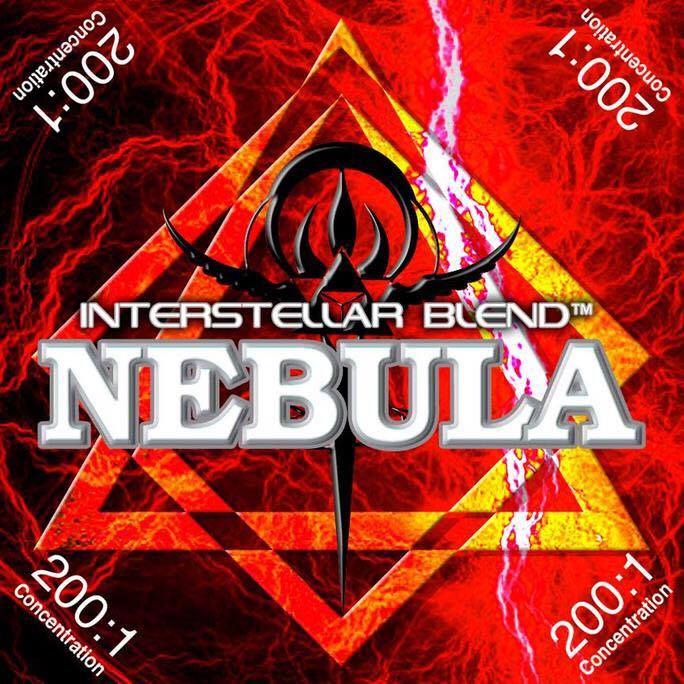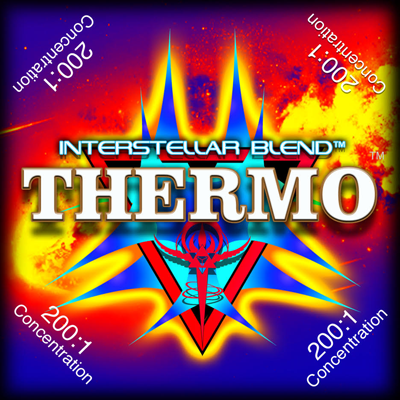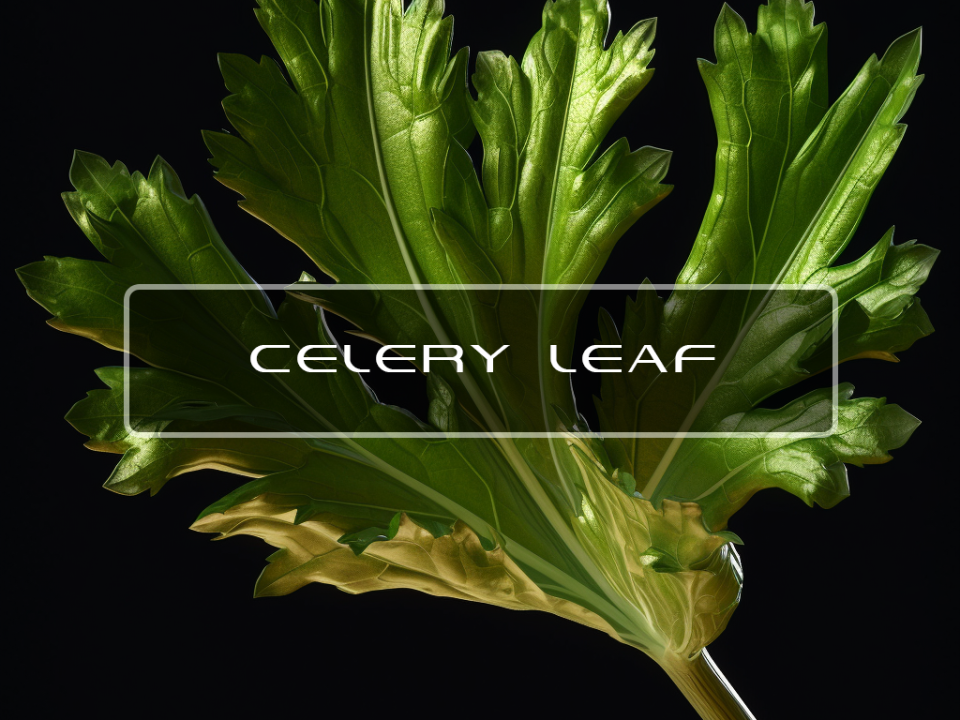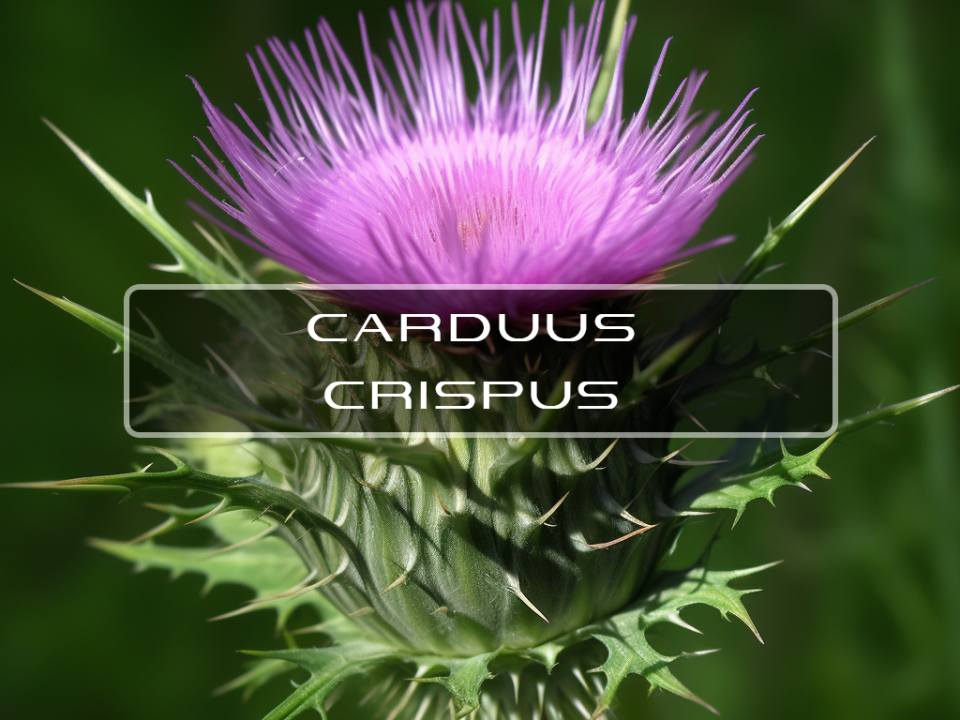
Coprinus Comatus
September 8, 2018
Crocus Sativus
September 8, 2018Corchorus Olitorius

This plant is mostly found in tropical and subtropical areas of Asia and Africa because of it's strong fiber. This plant can grow to be 10 to 12 feet tall. While this plant does prefer warm climate along with a sufficient amount of water, it can grow in a sandy loam soil. For many centuries Jute has been part of the Eastern Bengal Culture. Since the 17th century the British East India Company began trading in Jute.

Benefits of Corchorus Olitorius
The content of the latter in four cultivars of C. capsularis L. and C. olitorius L. was found to vary with the cultivar. The detectable amount of each active component increased by treatment of the leaves with hot water.
Two antitumor promoters against tumor promoter-induced Epstein-Barr virus activation were isolated from the leaves of jute (Corchorus capsularis L.). The antitumor-promoting activity was examined by an immunoblotting analysis.
The content of the latter in four cultivars of C capsularis L. and C olitorius L. was found to vary with the cultivar. The detectable amount of each active component increased by treatment of the leaves with hot water.
Anti-Inflammatory - The anti-inflammatory effect of two main components in the aqueous ethanol extract of both Corchorus olitorius (Co) and Vitis vinifera (Vv), namely quercetin 3-O-β-D-4C1 galactoside and quercetin 3-O-β-D-4C1 glucuronide, respectively, were investigated.
The isolated compounds inhibited COX-I and had doubled inhibition percentage effect on COX-II enzymes, as confirmed by in silico docking studies. These extracts also showed activity against metastatic melanoma, leukemia and osteosarcoma cell lines.
Anti Obesity Effects - The aim of the study was to investigate the antiobesity effect of polyphenolic compounds from molokheiya leaves in LDLR-/- mice fed high-fat diet and to elucidate the mechanism of this effect.
Our results demonstrate an antiobesity effect of polyphenolic compounds from molokheiya leaves and that this effect is associated with reduction in oxidative stress and enhancement of β-oxidation in the liver. Consumption of molokheiya leaves may be beneficial for preventing diet-induced obesity.
Oxidative Stress - The present study was undertaken to evaluate the protective effect of an aqueous extract of Corchorus olitorius leaves (AECO) against NaAsO2 induced brain toxicity in experimental rats.
Histological studies on the ultrastructural changes of brain tissue supported the protective activity of the AECO. The results suggest that treatment with AECO prior to arsenic intoxication has a significant role in protecting animals from arsenic-induced toxicity.
Moreover, the increased release of cytochrome c from mitochondria with decreased membrane potential demonstrated the apoptosis induced through the caspases cascade. Our findings indicated that ECO might be effective against hepatocellular carcinoma through induction of apoptosis via mitochondria-dependent pathway.
Antioxidant - The contents of these phenolic compounds, ascorbic acid, and α-tocopherol in C. olitorius leaves were determined, and their antioxidative activities were measured using the radical generator-initiated peroxidation of linoleic acid. The results obtained showed that 5-caffeoylquinic acid was a predominant phenolic antioxidant in C. olitorius leaves.
Cytotoxicity - C. olitorius are used as herbal medicine and eaten as vegetable by local people in Philippines. The T’boli tribe commonly uses this plant to treat common illnesses such as pimples, wounds, boils, and inflammations. According to studies, the leaves of C. olitorius has properties to treat demulcent, diuretic, febrifuge, chronic cystitis, dysuria and even tumor.
The aim of this study is to evaluate the cytotoxicity properties of the crude aqueous extract of C. olitorius leaf against colon (HCT116), breast (MCF-7), and liver (HepG2) carcinoma cell-lines using the MTT cell proliferation assay. (Article)
The aim of the current study was to evaluate the potential protective effects of an aqueous extract of Cochorus olitorius (C. olitorius, moroheiya) against cytotoxicity of AFB1 and/or FB1 in H4IIE-luc rat hepatoma cells, using assays to measure cell viability and disruption of DNA integrity. Although this transactivation assay was originally developed to specifically respond to aryl hydrocarbon agonists, this cell line was used because of its hepatic origin.
Aqueous extract of C. olitorius protected cells against cytotoxicity of mycotoxins. C. olitorius contains a water-soluble, natural chemo-preventative agent for cancer that should be isolated and identified.

Related Products

